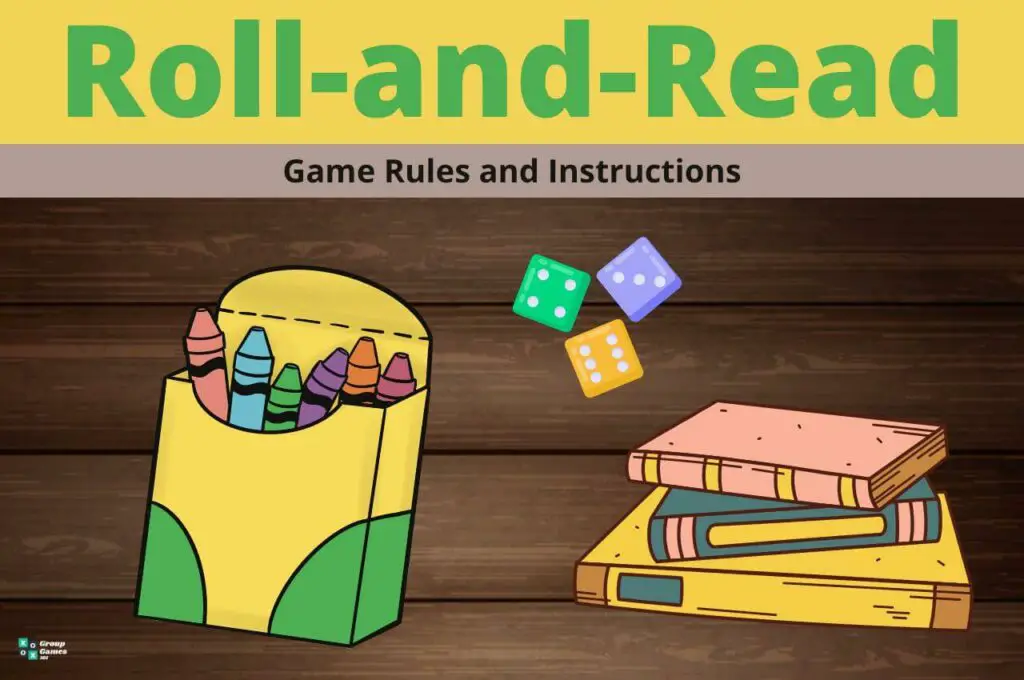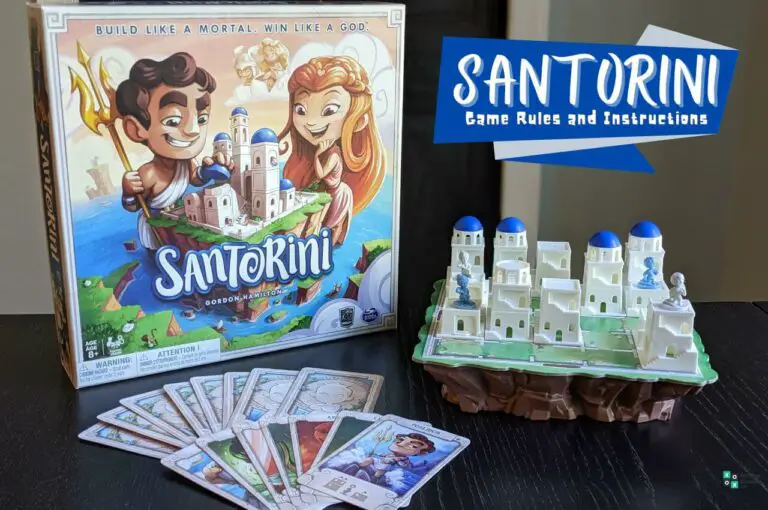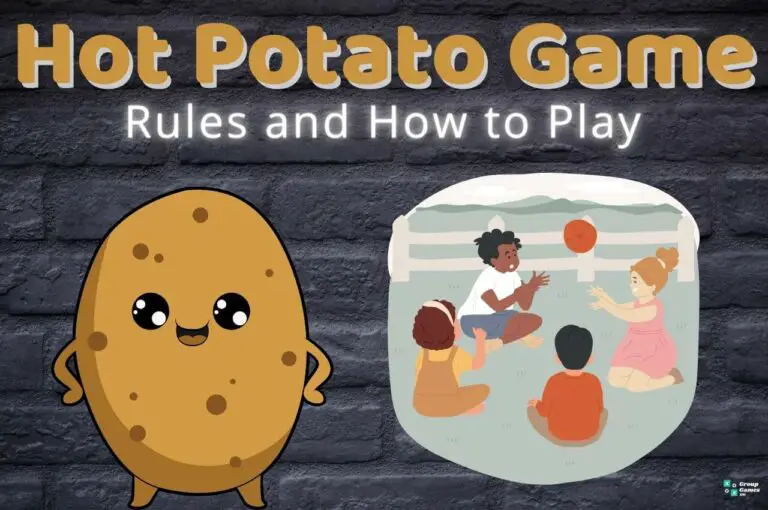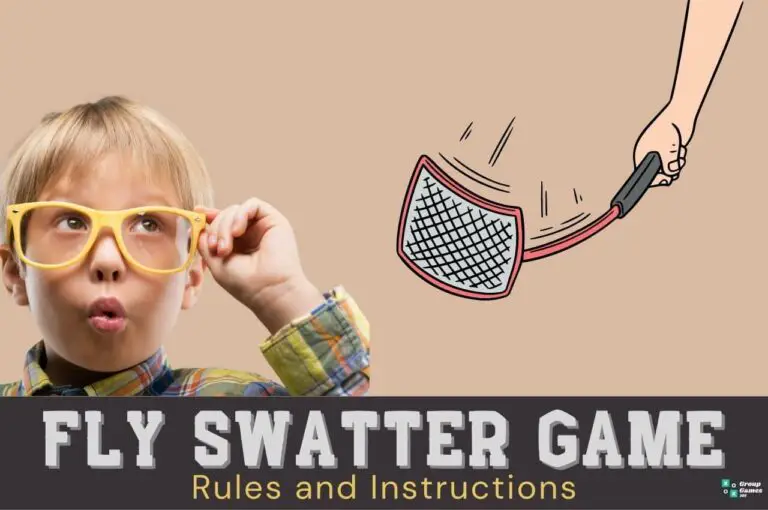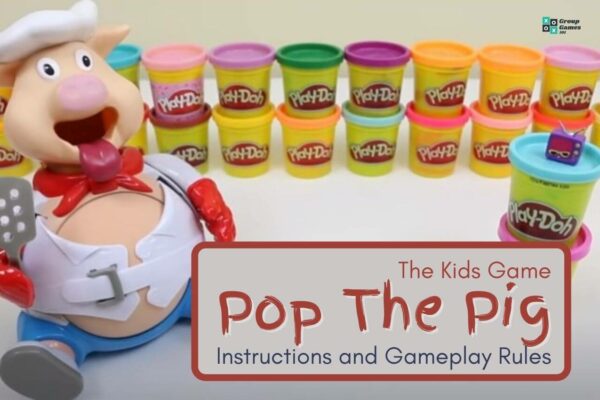Reading fluently is the most fundamental instructional milestone for early school children. The Roll-and-Read game turns boring practice exercises into an engaging game that is sure to make every player excited to read!
For the ultimate learning experience, get kids up and moving! Interacting with peers through play is one of the best ways to promote student achievement in the classroom.
This Roll-and-Read Game rules guide will cover the following:
- What is the Roll-and-Read Game?
- What you’ll need to play Roll-and-Read Game
- Roll-and-Read Game Rules
- How to play Roll-and-Read Game(Video Tutorial)
- FAQs
Read on to learn how to play Roll-and-Read Game.
What is the Roll-and-Read Game?
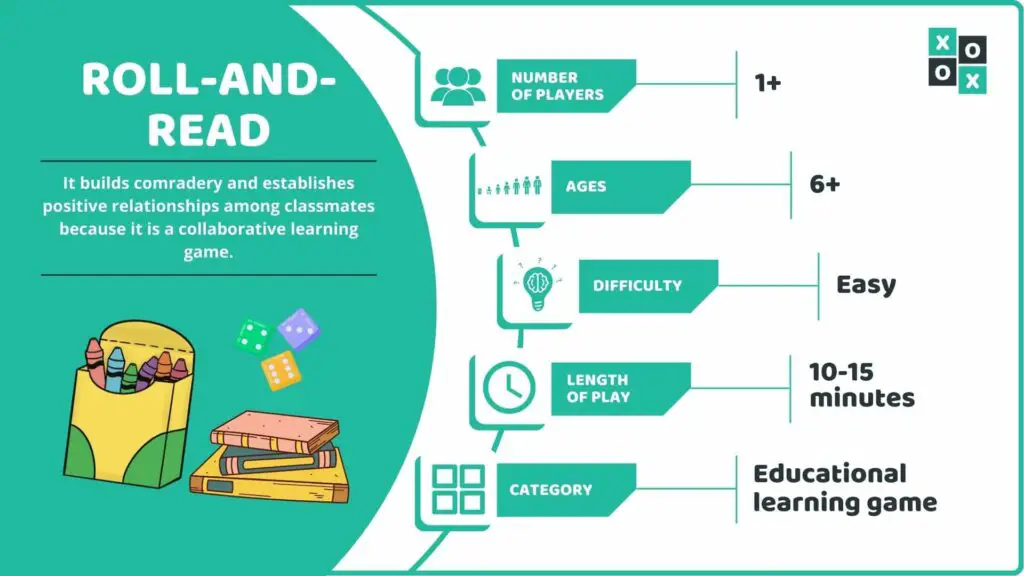
Players use dice or number cubes to read various sections of text or word lists to develop reading fluency.
Number of Players: 1+
Ages: 6+
Difficulty: Easy
Length of Play: 10-15 minutes
Category: Educational learning games
Similar to: Fly-Swatter-Game, Sparkle Spelling Game, Trash Can Basketball
Main Objective: The main objective is to get kids reading! This game allows students to have fun while practicing reading fluency.
Why We Love It: It builds comradery and establishes positive relationships among classmates because it is a collaborative learning game.
What You’ll Need to Play Roll-and-Read Game
Everything you need to play is listed below:
- 6-sided number cubes/dice
- Books, copies of word lists, or pre-made worksheets
- Highlighters or crayons

Area of Play
Clear a space where children have room to roll their number cubes.
Give every player or team a book or worksheet. I used this Roll-and-Read handout from Jill Richardson when playing with my ESL students.
Once everyone has their own paper, pencil, die, and a crayon or highlighter, you are ready to begin.
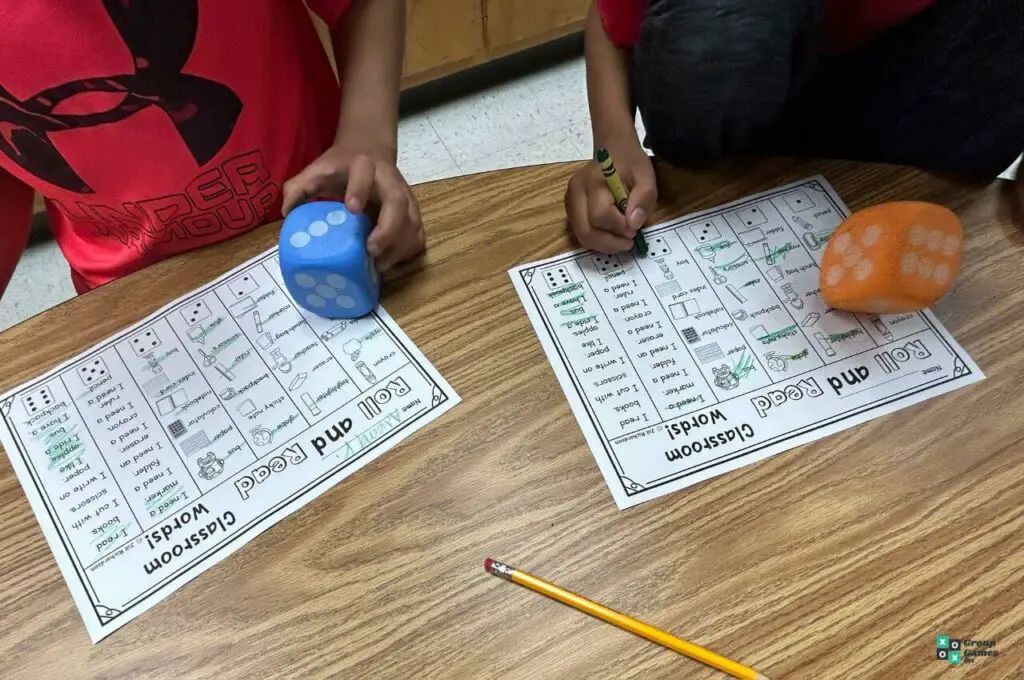
Roll-and-Read Game Rules
To begin, all players must roll their die and determine the outcome of the roll.
Based on the roll, each player must read the specific word list, passage, or text identified.
After reading their identified selection, they can color or highlight the text to show completion. Then, players continue to roll and read until they have finished reading the entire text.
Players working with partners can each roll a die and take turns reading to each other. If students are working independently, they can use a reading phone to hear themselves reading.
Depending upon what skill you are teaching in the classroom, you’ll want to have a pre-made worksheet or instructions written on the board for the students.
Sample Student Worksheet:

If the player rolls the number 4, they will read the column of words beginning with pet, and color the words after reading.
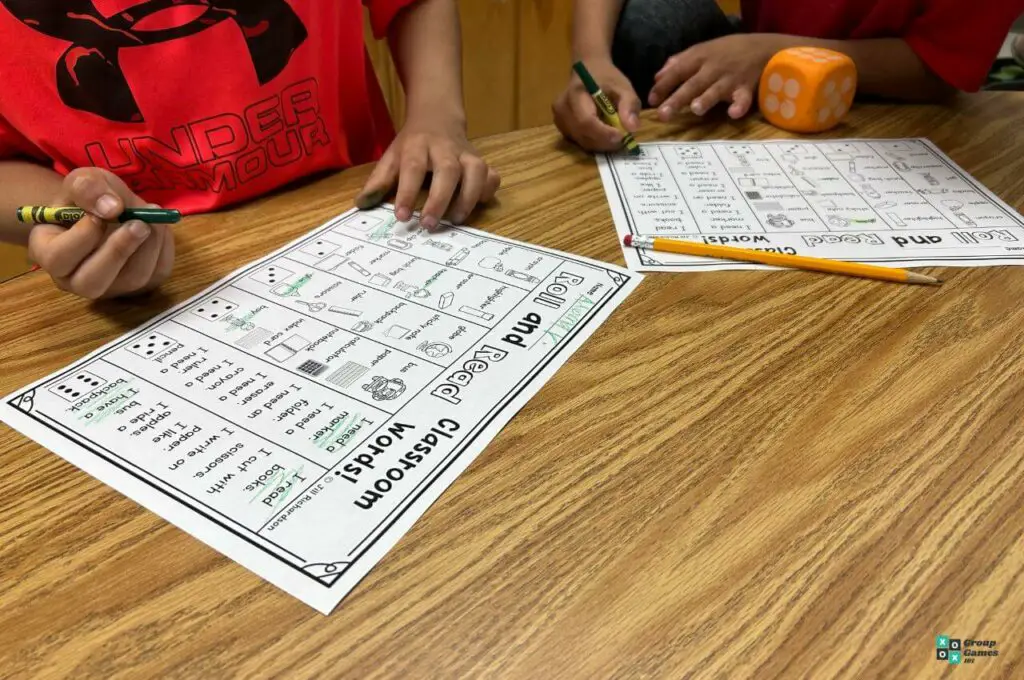
To extend the playing time, have students only read one row (one word in this example) of the selected column at a time. The player would read one word, such as pet, color, or highlight the word pet, then continue playing by rolling again.
Each player should have their own worksheet or text to read from and use to color their completed activities.
If players are working together as a team, they can share the die and take turns rolling, but they still need their own text to read from.
If the student rolls the number of a completed column, they can simply reroll until they get a different outcome.
Tips:
- If you don’t have a premade worksheet, it would be very easy to implement this game with pages of a book or flashcards.
- Use different word lists on paper, index cards, or in envelopes such as Dolch Word lists, High-Frequency Words, or specific spelling patterns.
- Give each student, or group of partners, differentiated levels of assigned reading. This allows children to work on focused reading instruction based on their specific learning goals.
- Players working with partners can each roll a die and take turns reading to each other.
- For an added challenge, use higher numbers (7+) on the reading assignment and have students “roll-and-add” the numbers together to determine which section of text to read.
How to Keep Score in Roll-and-Read Game
The best part of the Roll-and-Read game is that children are having fun rolling number cubes and practicing their reading simultaneously!
There is no need to implement a score. However, you could give students points for completing each section of the text correctly. The first player or team to complete all 6 sections wins!
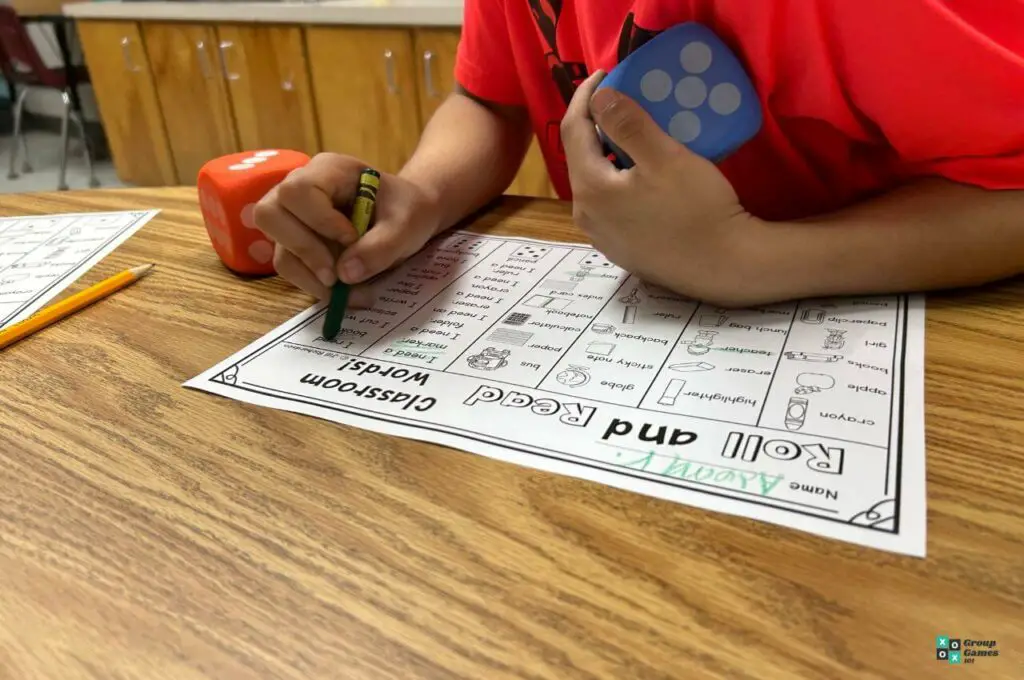
How to Play Roll-and-Read Game – Video Tutorial
Frequently Asked Questions
What is a roll-and-read game?
Any variation of the Roll-and-Read game should follow the same basic playing principles. Children use number cubes to “roll” and then find the corresponding reading selection to read. Options can range from simple words to complex sentences.
How do you play a roll-and-build game?
Roll and build is another word game but requires 12 letter-dice. After rolling the dice, players have a short period of time to try to build as many words as possible using the letters on the dice they rolled.
What are roll-and-write games?
Unlike the Roll-and-Read game, players roll a number, and then they must write something in the corresponding space provided. For instance, if each number represents a different category or topic, players must write words to fit each category. (Ex. nouns, verbs, adjectives, etc.)
Other Games Similar to the Roll-and-Read Game (Our Guides)
If your goal is to make learning fun, these options are sure to be a winner:

